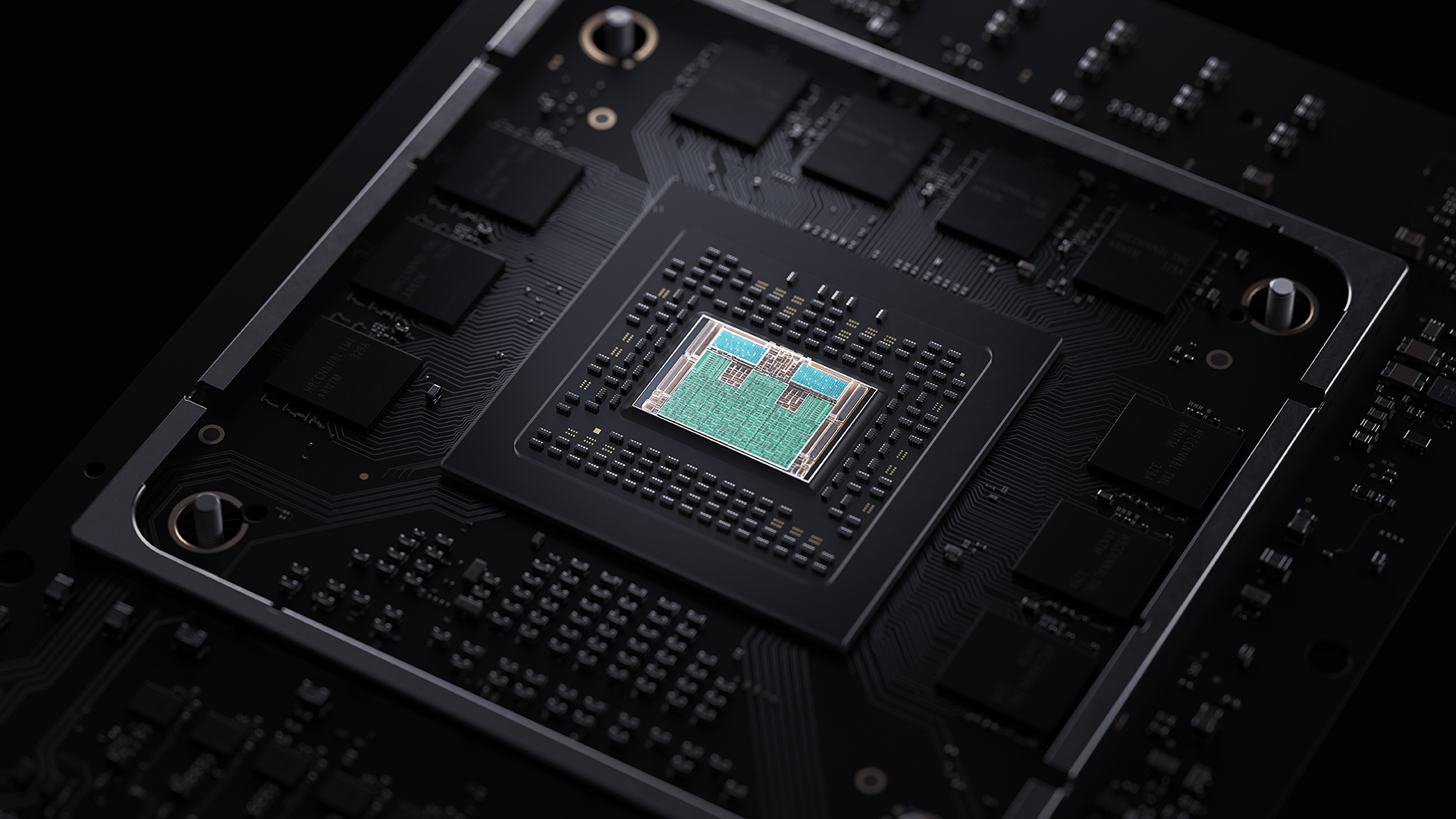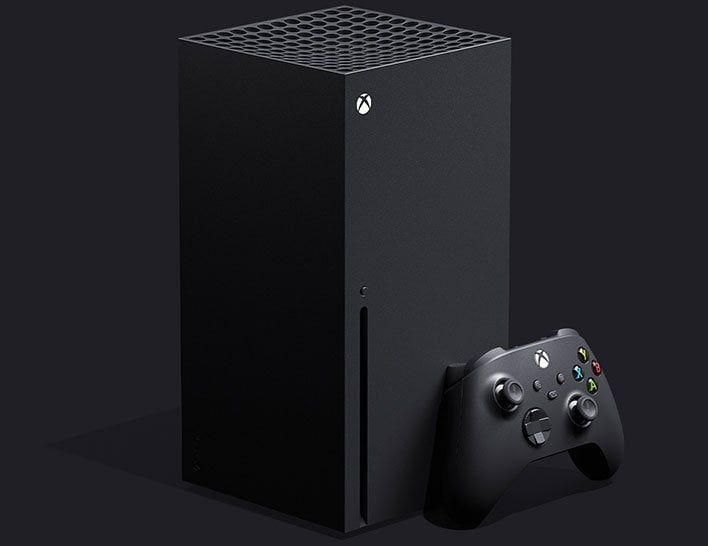DirectStorage is going to have a very positive effect on future Sony games on PC I believe.Their subsequent pc versions wont dissapoint either
The upfront loading is already quite fast in the Spider-Man games, and with DirectStorage, I'm sure will cut that down even more so with the I/O stack improvements and files remaining compressed across the PCIe.Jurjen Katsman: I am not certain if decompression is actually the bottleneck for load times as we did do some things to make decompression go faster, but we backed out on some of those that were hurting the in-game loading (streaming). As in-game (as in streaming while in game, moving around) with those decompression speed-ups in place, we were taking too much CPU away from the game. So we backed that away, and it didn't really meaningfully impact loading screens.
But it's the in-game streaming where I feel like it's going to make a massive different. Even in that quote they talk about how increasing the decompression rate was taking too much resources away from the CPU causing performance issues.
Spider-Man and Miles Morales may be last gen PS4-based games... but they are still taking advantage of the I/O stack and hardware inside the PS5.



